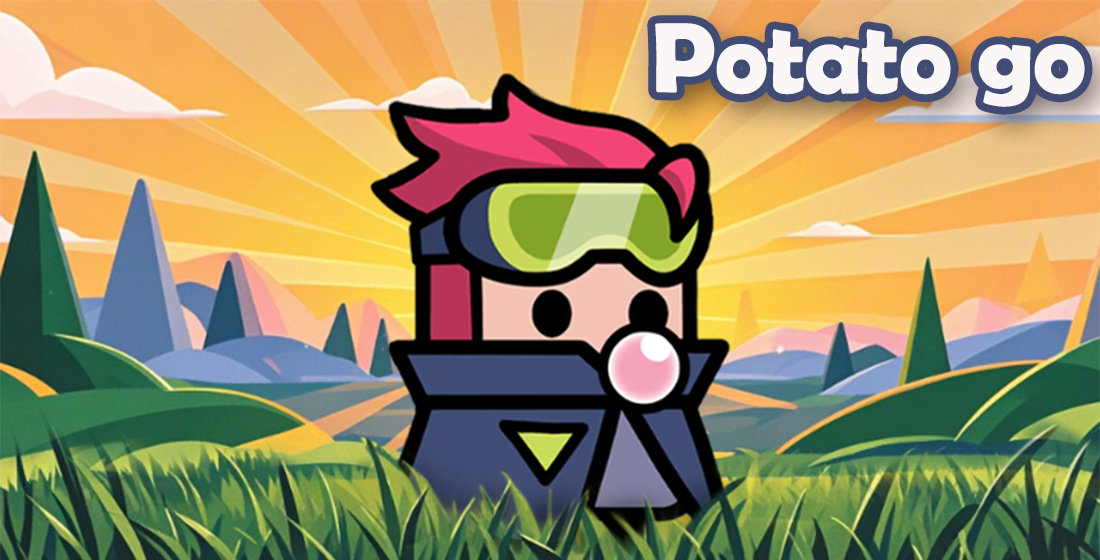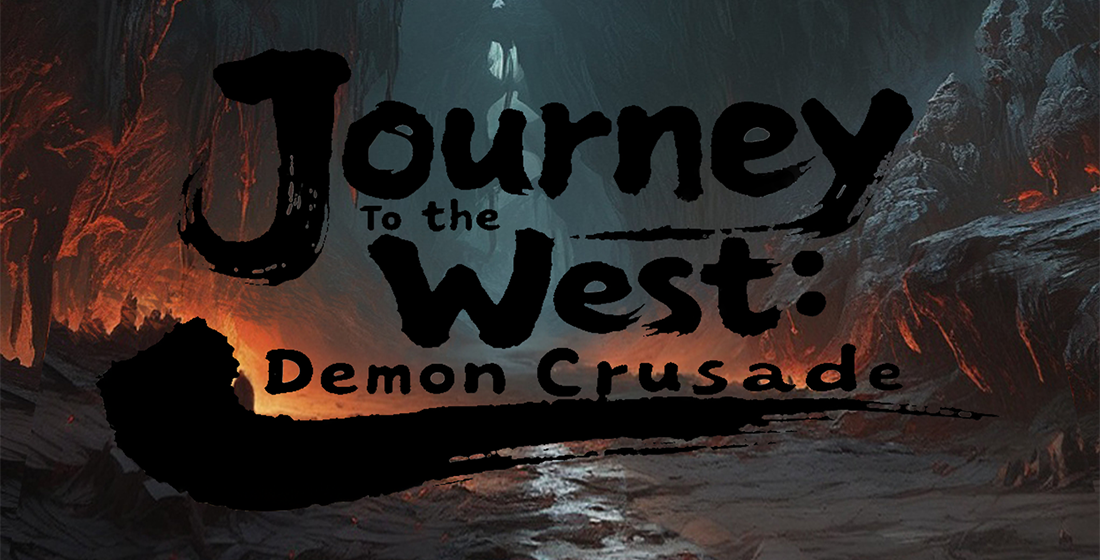From Idle Games to Turn-Based Strategy: Unveiling the Evolution of Casual Gaming
The Dawn of Casual Gaming
In the ever-changing world of video games, idle games emerged as a unique genre, captivating players with their simplicity and addictive gameplay. These games created a space where time could be transformed into a currency, allowing gamers to progress without constant attention. As we delve deeper into this world, we unveil the layers that give birth to far more intricate gaming experiences.
Understanding Idle Games
At first glance, idle games appear deceptively simple. Picture a canvas laid bare, awaiting vibrant shades of creativity. Players engage with the game in spurts, leaving it to generate progress while they attend to other tasks in life. This symbiosis between daily responsibilities and virtual achievements invites players to indulge their curiosity.
The Allure of Automation
Central to the allure of idle games lies automation. With just a tap or a click, players employ strategies that lead to exponential growth - their resources multiplying while they remain blissfully distracted. Little by little, the seeds of engagement bloom.
A Shift Towards Complexity: Turn-Based Strategy Games
As players sought more engaging experiences, the tide began to shift towards turn-based strategy games. Ripe with decision-making and tactical prowess, these games put players in the driver’s seat, challenging their intellect and strategic reasoning. A stark contrast to the passive allure of idle games, players now navigated battles with patience, showcasing their skills.
The Enchantment of Decision Making
Turn-based strategy games often present players with dilemmas that require careful thought, pushing them to analyze every move. This richness of experience transforms the gaming experience from mere amusement to an art form. It becomes less about hitting buttons and more about orchestrating moments in time.
Top Titles in Turn-Based Strategy
- XCOM 2: A relentless battle against alien forces
- Divinity: Original Sin 2: An epic tale where choices matter
- Fire Emblem: Three Houses: A captivating blend of strategy and story
Casual Gaming’s Growing Ecosystem
The casual gaming landscape, influenced by its origins in idle games and turn-based strategy, continues to blossom. It cultivates a space where games with **2 player story mode** flourish, providing avenues for connection and shared experiences.
Exploring Games with 2 Player Story Mode
The charm of multiplayer storytelling lies in the bonds forged through shared quests and challenges. Players navigate a captivating narrative together, experiencing victory and defeat fused by collaboration. Once only a dream, these games invigorate the casual gaming sphere, encouraging communication and partnership.
Bridging Other Genres
What sets this casual gaming movement apart is its mysterious ability to intertwine with various genres, creating a rich tapestry of gameplay experiences. The roots of idle games and strategy games merge with RPGs, platformers, and more, allowing a multitude of gaming adventures.
The Role of Aesthetics in Casual Gaming
While gameplay mechanics are crucial, aesthetics play a mesmerizing role in the casual gaming experience. Each idle game is a vessel of eye-catching colors and enchanting designs, luring players into their virtual worlds. The art captivates; the gameplay enchants.
The Rise of Mobile Gaming
With the surge in mobile technology, casual gaming found a newfound haven. Idle games, once a niche, now dominate app stores, while turn-based strategy games entice players with their immersive narratives. The shift to mobile has drawn millions into expansive gaming realms right from their pockets.
Impact of Social Media on Gaming Trends
Social media platforms have elevated the discourse surrounding casual gaming. Gamers share tips, strategies, and captivating moments, creating a camaraderie that fuels interest and engagement. This interconnectedness refines the way gamers approach new titles, whether idle or strategy.
Challenges in Casual Gaming
Despite the overwhelming success of casual gaming, several challenges loom. The struggle for originality remains prevalent as developers try to shake off the sameness that sometimes creeps into these genres. Innovation stands as a beacon, guiding developers towards new horizons.
Future Trends: What Lies Ahead?
Looking to the future, we witness a potential marriage between idle games and turn-based strategies visually and narratively. Future innovations might blend the passive rewards of idle gaming with the deep engagement of strategy, captivating even the most discerning gamers.
Table: Evolution of Casual Gaming Genres
| Genre | Characteristics | Popular Titles |
|---|---|---|
| Idle Games | Simple mechanics, time-based progression | Adventure Capitalist |
| Turn-Based Strategy | Decision making, tactical gameplay | XCOM 2, Fire Emblem |
| Multiplayer Story Mode | Cooperative gameplay, shared narratives | It Takes Two, A Way Out |
Key Points to Remember
- Idle games provide automation and passive enjoyment.
- Turn-based strategy requires careful planning and decision-making.
- Multiplayer modes enrich the gaming experience.
- Social media amplifies gaming trends.
- Originality and innovation are critical for future growth.
Conclusion
Ultimately, the journey from idle games to turn-based strategies illustrates the dynamic evolution of casual gaming. It is a vibrant, ever-changing tapestry woven from simplicity and complexity, from automation to strategic depth. As gamers, we find ourselves in a flourishing ecosystem where every player can discover a niche that resonates with them, revealing the enchanting world that is casual gaming.
FAQ
- What are idle games? - Idle games are designed for passive gameplay where progress continues without constant engagement.
- Why are turn-based strategy games popular? - They require thoughtful decision-making and strategy, appealing to players who enjoy tactical challenges.
- What is 2 player story mode? - These are multiplayer games where players can collaborate to unfold a narrative.



